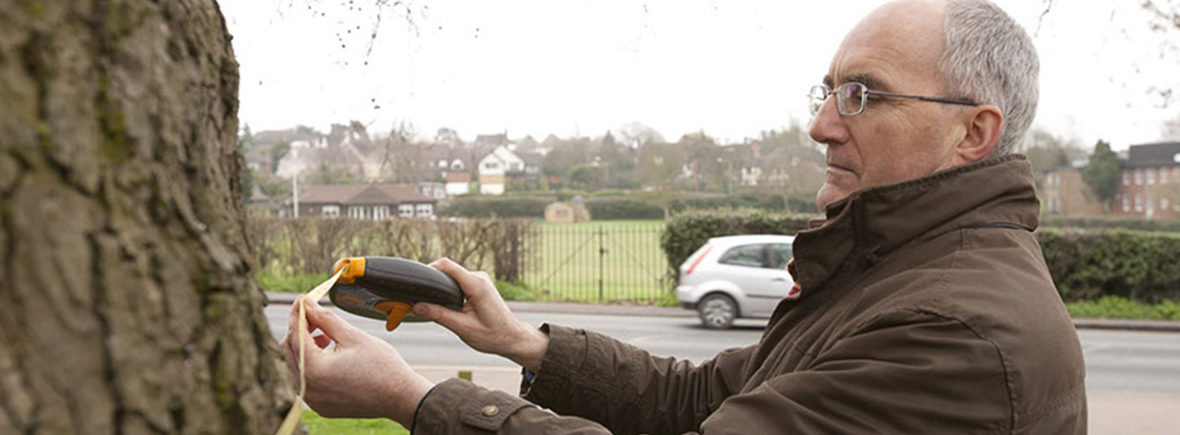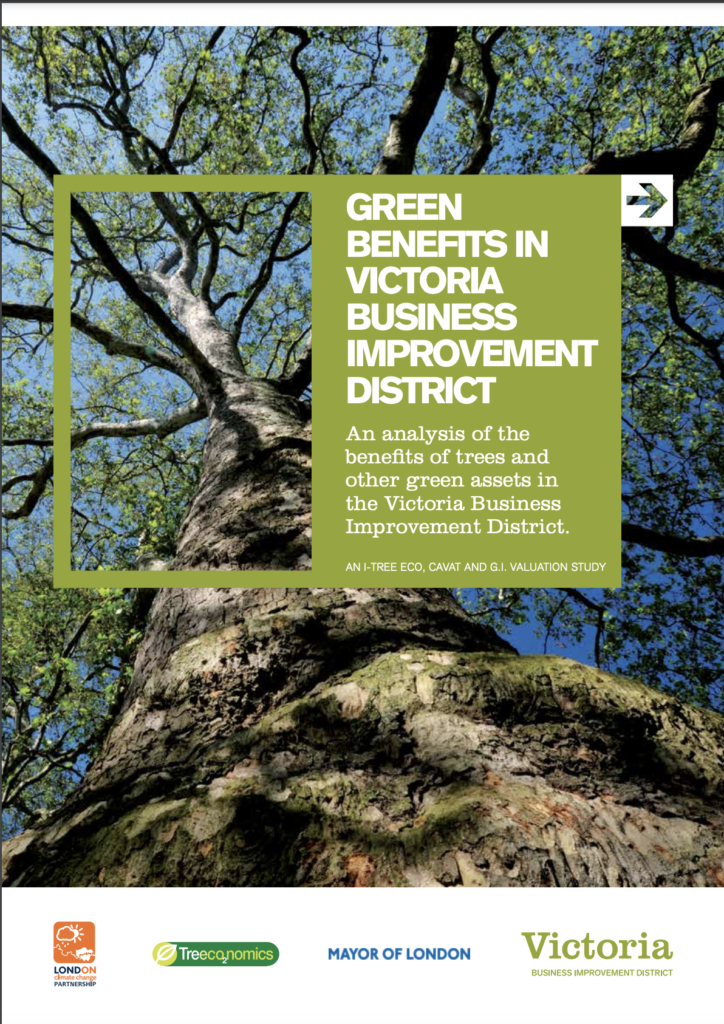MANAGING TREES AS PUBLIC ASSETS
Chris is the originator of CAVAT.
CAVAT expresses the asset value of urban trees in monetary terms.
CAVAT’s main aim is to enable asset value management of the urban tree stock. It also helps decision makers by expressing the value of individual trees and by calculating realistic compensation where trees are damaged or have to be felled. The CAVAT methods are available online.
The development of CAVAT has been greatly helped by input from individuals across the UK, particularly a working group set up by the London Tree Officers Association (LTOA). Responsibility for CAVAT now rests with the CAVAT Executive Committee, a voluntary body from across arboriculture.
CAPITAL – ASSET – VALUATION – AMENITY – TREES
CAVAT was first presented in 2003 and has since been widely adopted across the UK. It is incorporated into the London Plan (Ch 8: Green Infrastructure, Policy G7: Trees and Woodlands), and is used by the London Tree Officers Association, many local authority tree departments and by major land-holding and transport organisations. It is also incorporated into the Joint Mitigation Protocol for use in the assessment of subsidence cases.
In 2018, CAVAT was presented in the Aboricultural Journal, the International Journal of Urban Forestry, its first presentation in a formal, peer-reviewed publication. The paper describes the uses for which CAVAT has been designed, it comprehensively describes the methodology and shows where this deviates from similar valuation tools. Five case studies are presented as examples of its application and demonstration of its suitability-for-use. Finally, future potential developments that would facilitate wider use of CAVAT are also presented. Work has continued on the development of the CAVAT methods and supporting information.
Chris is available to advise in the use of CAVAT in your organisation.
CAVAT IN PRACTICE: CASE STUDIES
In 2021, CAVAT formed a key part of TDAG’s new guide, Trees, Planning and Development: A Guide for Delivery. The guide is aimed at planners, developers, designers, contractors and other stakeholders in the planning and delivery process across the whole of the UK. It is designed to facilitate a better understanding of the range of returns trees offer new developments and how to secure these returns.
CAVAT has been used extensively in the Elephant & Castle regeneration project. In 2011, it was used by local residents to demonstrate undervaluing of existing amenity trees by Southwark Council. Later, it was used by Treework Environmental Practice, who were brought on board by developer Landlease, to identify mature trees to be retained and set a target for the value of new trees to be planted in order to replace those removed, with an additional 5% uplift. Treework’s CAVAT valuation also informed the work of Hillier Trees on this project. In 2018, Treework Environmental Practice was awarded a London Tree and Woodlands Award, presented by the Forestry Commission and the Mayor of London, for their work on the Elephant & Castle regeneration project.
In 2017, CAVAT was used to create a valuation report on street trees in Sheffield, specifically the remaining 448 healthy trees that were due to be removed as part of the Streets Ahead programme in Sheffield, in order to highlight the financial loss that would be incurred by SCC when the felling schedule was complete.
In 2012, CAVAT was used to inform the report ‘Green Benefits in Victoria Business Improvement District‘.
CAVAT IN THE NEWS
- BBC (2022): Interview with local activists, the Haringey Tree Protectors, about their campaign to protect trees from felling
- LONDON BOROUGH of RICHMOND (2021): Twickenham Riverside CAVAT Assessment
- MAIL ONLINE (2019): Gold leaf: The £1.6million tree as church’s magnificent marvel is the most valuable specimen in the UK
- HORTICULTURE WEEK (2019): CAVAT identifies churchyard tree worth £1.6m
- NEW SCIENTIST (2018): The world’s tallest tree costs more than a private island
- THE GUARDIAN (2017): Patrick Barkham: Put a price on urban trees – and halt this chainsaw massacre
- INDEPENDENT (2011): Green giants: Our love affair with trees
- THE TIMES (2008): Put that axe down – this is Britain’s most valuable tree
- THE TELEGRAPH (2008): Britain’s most expensive tree is £750,000 Mayfair plane
- MIRROR (2008): Britain’s most expensive tree is worth a whopping £750,000
- METRO (2008): Britain’s most expensive tree revealed
- THE OBSERVER (2008): Chainsaw massacre: They clean our air, reduce carbon and will save the planet … So why are trees public enemy No1?
- THE OBSERVER (2008): How can we save our trees from the chop
- READER’S DIGEST: 13 Best of British Trees

